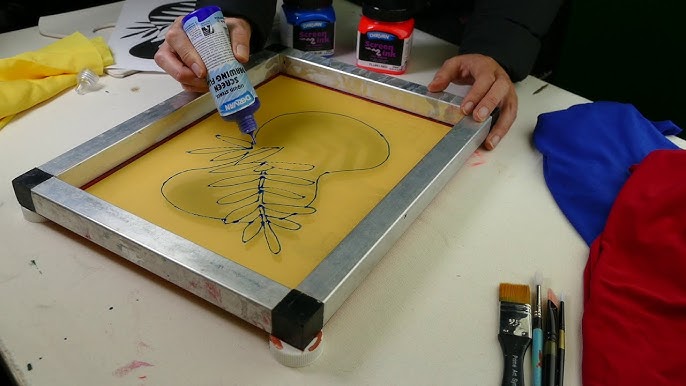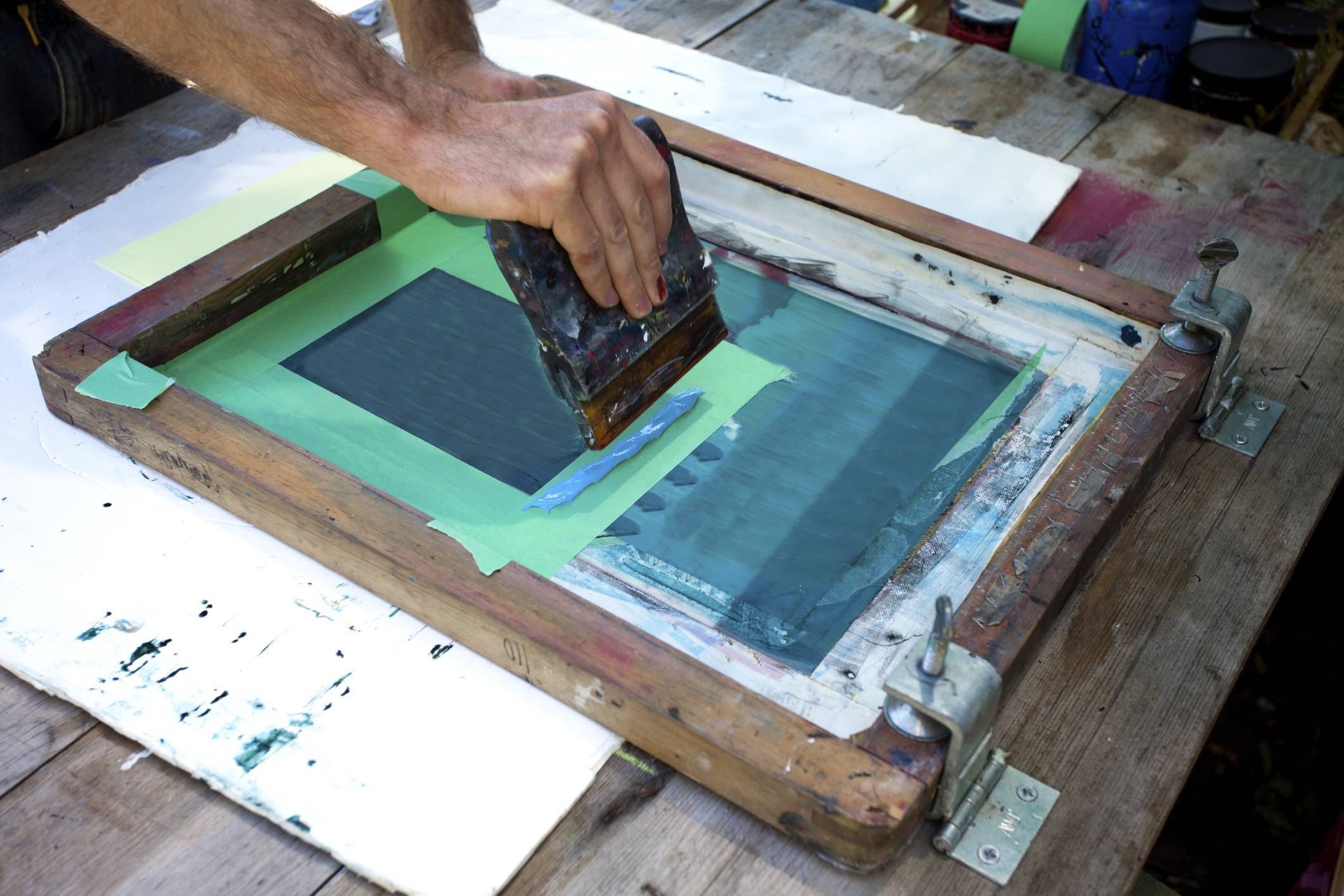ChatGPT said: The value of working with 10:9 Design Embroidery for branding
The Necessary Overview to Comprehending Screen Printing and Its Versatile Makes use of
Screen printing has an abundant background that goes back to old times, advancing right into an innovative method utilized throughout various industries today. This overview explores the complexities of the screen printing procedure, detailing its applications in marketing, fashion, and home decoration - 10:9 Design contact. Understanding these principles can open up creative possibility for both artistic and commercial projects. The following areas will certainly disclose necessary pointers and strategies to improve one's screen printing ventures
The History of Screen Printing
Although screen printing has roots that trace back centuries, its development shows the technological and imaginative developments of various societies. Stemming in ancient China, the strategy was initially used for enhancing textiles and later infect Japan, where it ended up being essential to Ukiyo-e woodblock printing. The approach moved to Europe in the 18th century, where it acquired popularity among craftsmens and industrial printers. The innovation of image emulsion in the 20th century revolutionized screen printing, enabling more intricate styles and greater performance. Artists like Andy Warhol even more propelled its appeal, utilizing the tool to create legendary works that combined commercialism and fine art. By the late 20th century, screen printing had actually developed itself as a versatile method, used in fashion, marketing, and great art. Today, it continues to progress, incorporating electronic technology and broadening its applications throughout numerous sectors.
The Screen Printing Process Explained
Screen printing transforms imaginative visions into substantial layouts via a series of accurate steps. At first, a photo is developed and after that moved onto a screen, usually constructed from fine mesh textile stretched over a framework. A light-sensitive emulsion is put on the screen, which is exposed to light, solidifying in areas not covered by the photo. After washing out the unhardened emulsion, a stencil is developed.
Next off, the screen is positioned over the substratum, whether it be textile, paper, or another material. Ink is after that pressed via the open locations of the stencil utilizing a squeegee, depositing the style onto the substrate below. This process can be duplicated for numerous shades, needing separate displays for each shade. Finally, the printed thing is healed utilizing heat to guarantee the ink sticks properly, causing a sturdy, lively style on-line.
Sorts Of Screen Printing Techniques

In addition, specialty techniques, such as discharge screen printing, get rid of color from the textile to develop softer prints, while foil screen printing applies metal foil to attain a shiny surface (10:9 Design Abilene). Each method uses distinctive characteristics, dealing with various imaginative demands and production scales, eventually increasing the possibilities within the screen printing domain name
Applications of Screen Printing in Different Industries

In addition, the signage and advertising and marketing markets use screen printing for developing appealing displays and banners. This method permits vibrant colors and elaborate designs that record interest. In electronics, screen printing is used for applying conductive inks to circuit card, vital for component links. Additionally, the home design industry embraces screen printing to produce distinct designs on textiles and wall surface art. Generally, screen printing acts as a critical device throughout varied areas, improving products with personalized and aesthetically attractive graphics.
Tips for Successful Screen Printing Projects
While embarking on a screen printing project, mindful attention to detail can substantially boost the final result. First, choosing top quality products is necessary; this consists of the screen, inks, and substrates. Making use of appropriate mesh counts can influence ink deposition and detail resolution. Preparation is similarly important; extensive cleansing of displays and proper exposure times assure crisp prints.
Next off, exact enrollment is vital for multi-color prints. Making use of placement tools can help accomplish exact layering. Additionally, testing prints on scrap products prior to production assists determine possible concerns without wasting resources.

Often Asked Questions
What Products Are Finest for Screen Printing on Fabric?
Cotton and polyester blends are perfect for screen printing on fabric because of their sturdiness and ink absorption. Furthermore, specialty materials like silk or canvas can produce unique appearances and finishes, boosting the overall style top quality.
Just how Do I Tidy and Maintain Screen Printing Equipment?
To keep and clean screen printing tools, one should consistently wash screens with proper solvents, evaluate squeegees for wear, lubricate moving components, and shop all things in a dry, dust-free environment to extend their life expectancy.
What Are the Ecological Influences of Screen Printing?
Screen printing can have considerable ecological influences, including chemical waste from inks and solvents, water usage during cleansing processes, and energy usage. Environmentally friendly materials and sustainable methods are crucial for minimizing these negative effects.
Can Screen Printing Be Done at Home Efficiently?
Screen printing can be efficiently done at home with the best materials and methods. Hobbyists can create top quality prints, though success relies on their skill level, equipment, and understanding of the procedure entailed.
What Are the Prices Linked With Starting a Screen Printing Organization?

Starting a screen printing business includes costs for tools, products, and workspace. First costs generally vary from a few hundred to several thousand bucks, depending on the range, top quality of equipment, and desired manufacturing capability.
Screen printing has a rich background that dates back to ancient times, developing into an innovative method used throughout various sectors today. One more technique, rotating screen printing, employs round screens, promoting constant printing on fabric rolls, therefore improving performance for massive manufacturings. Furthermore, specialty methods, more info such as discharge screen printing, eliminate color from the material to create softer prints, while aluminum foil screen printing applies metal foil to achieve a glossy surface. In the fashion industry, screen printing is widely utilized to create vibrant styles on apparel, allowing brands to display their distinct styles. Cotton and polyester blends are perfect for screen printing on textile due to their longevity and ink absorption.